|
by Dark Watcher |
|
|
Bandai had continued their successful TV Jack console line since 1977. The final evolution of the TV Jack series came about in
1979 with the release of TV Jack 8000. This version was named Super Vision 8000 or Bandai TV Jack Micro Computer System.
This release not only marked the series first programmable cartridge capable console (actually the first Japan programmable cartridge
based-systems), but also marked Bandai's attempt to also delve into the computer markets. It was developed with the help of
Logic Systems International (L.S.I). The Super Vision 8000 was an impressive console for its time. It was driven by an 8-bit NEC D780C (Z80 clone) processor capable of max 3.58 MHz speed. It also used a General Instruments AY-3-8910 audio chip, which supported 3 sound channels and two general purpose parallel IO ports that are used for joysticks. Similar processors could later be found in the Amstrad GX4000 and the popular Japanese MSX computer line released in the 1980s. This makes the Super Vision 8000 well ahead of its time. The console chassis contained a housing for the controllers and had a small divot at the bottom for possible keyboard support. |
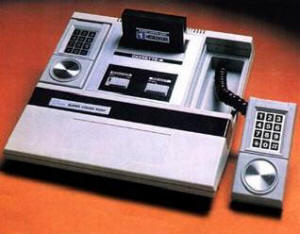 |
|
Unfortunately being ahead of its time came at a price. The Super Vision 8000 retailed for a high price of 59,800 Yen and came
with a pack in game called "Missile Vader". The high price must have kept the console out of the hands of many gamers,
especially since its TV Jack predecessors retailed for much less. Only six other games were released. Bandai later dropped
support for Super Vision 8000 in favor of becoming a distributor for Mattel's Intellivision in 1982. This marked the end of the
TV Jack console line. FACT: The Super Vision 8000 console layout, particularly its controllers, may cause one to believe it is a clone of the Mattel Intellivision. Both consoles use the AY-3-8910 co-processor, but the main processors are quite different. The Super Vision 8000 used an 8-bit Zilog clone (3.58mHz) that was oddly faster then the Intellivision's 16-bit GI 1600 (500kHz), which displayed better graphics. The console's time of release can also lead you to believe it's a clone. Bandai announced the Super Vision 8000 at the Tokyo Trade Show in September of 1979. It was later released in December of that same year. The Intellivision was test marketed in late 1979, and was sold in 1980. The Super Vision 8000 is clearly not a clone. However it is our theory that Mattel duplicated the design of Bandai's controllers. To keep things cool, Mattel approached Bandai with an offer to distribute the Intellivision in Japan. Bandai later continues to remain a distributor well throughout the 1980s. |
|
|
by Marriott_Guy |
|
|
Notable game developer Bandai was very involved in hardware development and manufacturing beginning in 1977 with its popular line of
TV-Jack pong based consoles (six total releases within two years). Building on their mild success in this arena, the Bandai Super
Vision 8000 debuted in 1979 and was the very first programmable game cartridge system released in Japan. This timeline (1979) and
notoriety (initial entry and the developer, Bandai) may be a surprise to some simply due to the fact that Japan has been a leader in
video game technology for some time, with big hitters Nintendo and Sega in the fold. While the video game player in the USA had been exposed to the new programmable game cartridge systems (Fairchild Channel F, Atari VCS, APF MP-1000, Bally Professional Arcade, Odyssey 2) beginning in 1976, pong based consoles enjoyed a prolonged following within the Japanese market. This initially retarded the growth, development and embracement of new technology. The release of the Super Vision 8000 was a small, but significant, step taken by Bandai in changing the atmosphere within the hardware gaming market in Japan. |
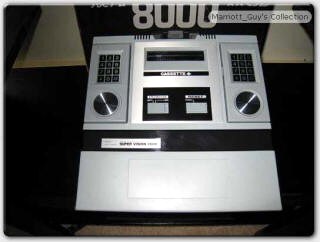 |
|
Constructed of hard, thick plastics, the light grey chassis of the Super Vision 8000 is accented well with classic black molding
resulting in a clean, crisp look. Cradles for the two included controllers flank the respective sides. This console will never be
mistakenly described as being small. The Super Vision 8000 is a healthy sized piece of hardware, relatively rectangular in design with
a gradual incline of roughly 15 degrees from the bottom to the top. The seven (7) confirmed games were rendered in 16 colors across
three sound channels, graphically in between the output of the Atari VCS and the Mattel Intellivision. Powered by an 8-bit NEC D780C
running at 3.58 MHz that was complimented by a AY-3-8910 sound chip, this advanced piece of hardware was quite revolutionary, as well
as expensive, at that time in Japan. With an initial offering of around 60,000 yen ($560 USD, $1,300 USD comparable in 1979), the
Super Vision 8000 was priced out of the reach of most Japanese gamers. This console is often mistaken for being a clone of the Mattel Intellivision, primarily due to controller design. However, the exact opposite actually applies. The Super Vision 8000 was released prior to the Intellivision and the internal hardware specifics are completely different and not compatible at all. The story behind the controller similarity is varied, with half of those with actual knowledge of both systems siding with the thinking that Mattel was the original developer, the other stating it was Bandai. There seems to be more historical data to side with the former in this debate. |
|
|
Though the hardware technology at the time (1979) in Japan was not as advanced as that in the USA, there is evidence that the Super
Vision 8000 was developed independently, and prior to, the Intellivision. Further, there are claims that Bandai was going to sue
Mattel for patent right violation(s) when the initial Intellivision was displayed at a gaming demonstration forum. There seems to be
some validity to this story since Bandai gained the rights in 1980 to be the sole manufacturer of the Intellivision console in Japan. With the Super Vision 8000 not selling well at the time (due to the high price and a changing Japanese market), Bandai focused their
efforts on production of Intellivision units. This eventually lead to the cessation of production and development for of the Super
Vision 8000 within one year of its release. Bandai, though mostly known now as a great game developer, was a big player in the video game hardware industry in Japan and paved the way for juggernauts like Nintendo and Sega. The Super Vision 8000 is an extremely rare system and is considered to be a holy grail amongst console collectors. Games for this system will run you $100+ USD due to their rarity. The system itself was not sold in great quantities. Finding one at all (working or non) is quite a chore. To land yourself a completely functional, CIB unit, expect to lay out $700+, plus S/H. This is definitely a system that should be targeted by only the most serious of console collectors. |
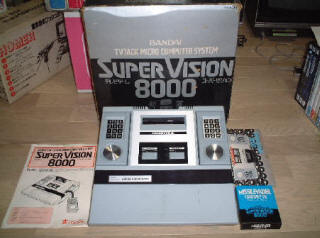 |
|






 2010s - NOTES
2010s - NOTES


 MODELS
MODELS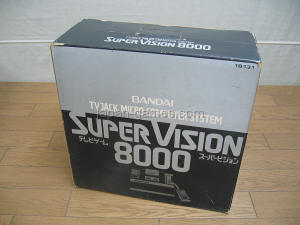
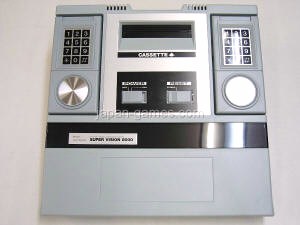
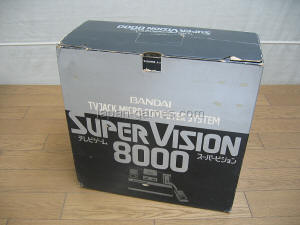
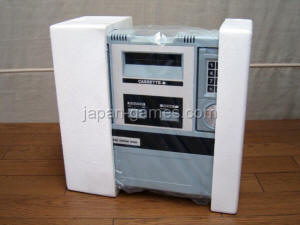
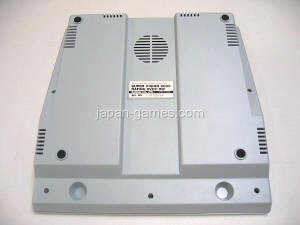
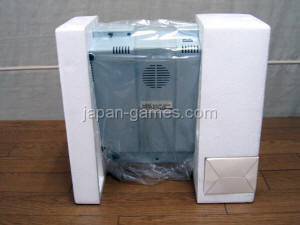
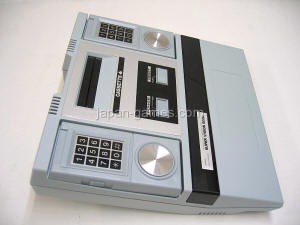
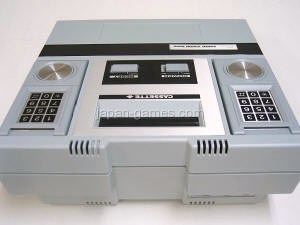
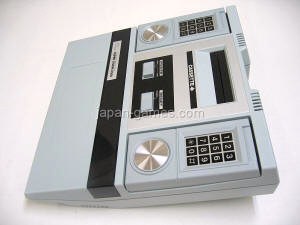
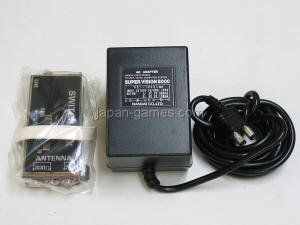
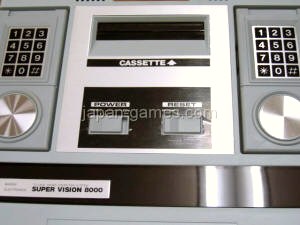
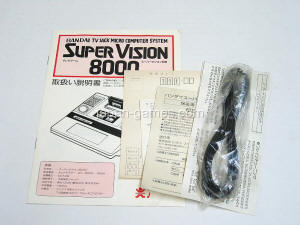
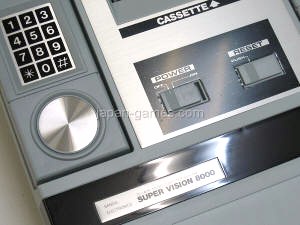
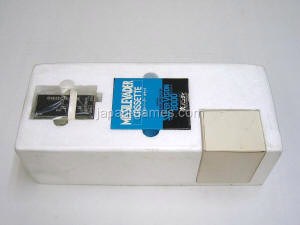
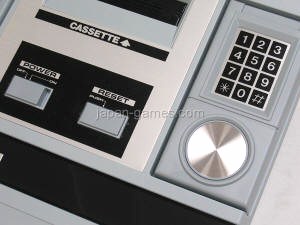
 CLONES
CLONES CONSOLE RATINGS
CONSOLE RATINGS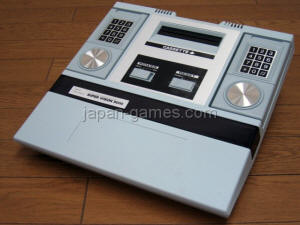

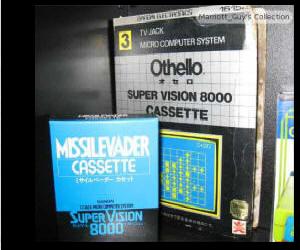
 FORMAT, PACKAGING & GENERAL INFO
FORMAT, PACKAGING & GENERAL INFO
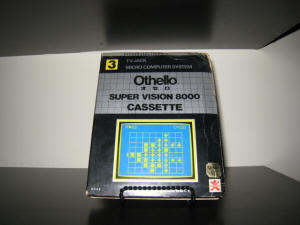
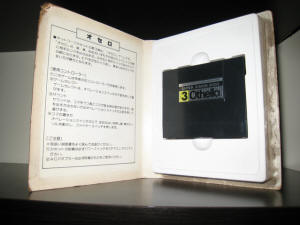
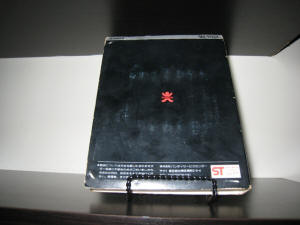
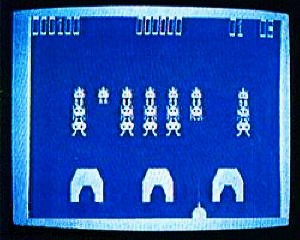
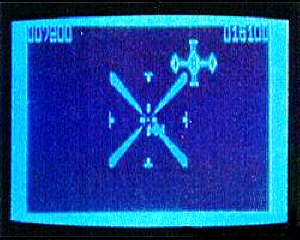
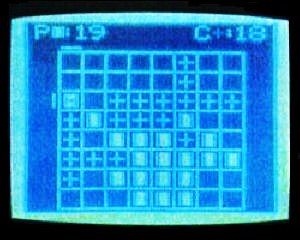
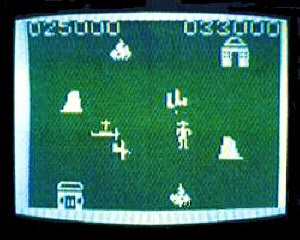
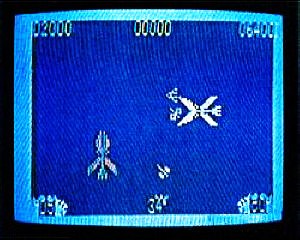


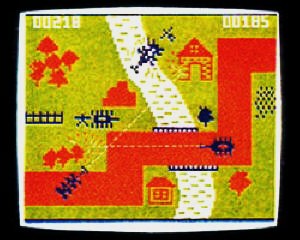
 EMULATION
EMULATION SPECS & MANUALS
SPECS & MANUALS WEB RESOURCES
WEB RESOURCES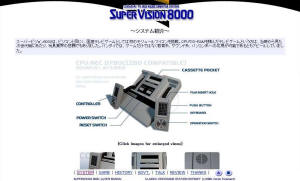
 DISCUSS
DISCUSS